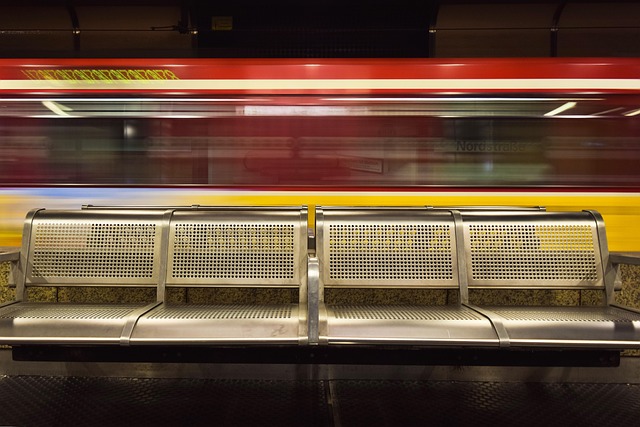In the intricate world of photography, achieving the perfect shot often involves a delicate balance of clarity and blur. While crisp, well-defined images have their place, there’s a certain magic that lies in the artful application of blur that can transform a simple photograph into a profound narrative. This exploration of blur in layers invites photographers to step beyond the conventional and embrace the ethereal quality that comes from softening specific elements of their images.
When we think of blur in photography, we usually consider it as a flaw, something to be corrected in post-processing. However, blur can be so much more—it can enhance a feeling, create depth, or guide the viewer’s eye through an image. Imagine a busy city street where the movement of people is captured with a stunning blur, illustrating the hustle and bustle of urban life. In this scenario, the blur doesn’t detract from the image; instead, it becomes an integral part of the story.
The use of optics plays a crucial role in manipulating blur. A photographer can leverage the properties of their camera lenses to create a shallow depth of field, rendering the background in a beautiful, creamy blur while keeping the subject in sharp focus. This technique not only isolates the subject but also adds a layer of intimacy to the image, inviting the viewer to connect more deeply with the essence of the photograph.
Experimenting with different photographic techniques can also yield intriguing results. Panning—a method where the camera moves alongside a moving subject—can produce a dynamic blur that conveys motion and speed, transforming ordinary snapshots into captivating visuals. This layering of sharp and blurred elements not only adds complexity to the photograph but also instills a sense of action that resonates with the viewer.
Additionally, embracing the natural blur that occurs in spontaneous moments can lead to some of the most authentic photographs. Unplanned shots, those taken in the heat of the moment where focus might shift unexpectedly, can capture raw emotion and tell stories that are rich in texture and feeling. The layers of blur in these images evoke the spontaneity and unpredictability of life itself, reminding us that perfection is not always the goal in photography.
Moreover, in post-processing, the digital canvas offers endless possibilities for playing with layers of blur. Tools like Gaussian blur or motion blur allow photographers to dissect and enhance their images, selectively applying softness where it serves the narrative best. This digital manipulation can lead to a dreamlike quality, enabling photographers to convey imaginative concepts and surreal environments that transport viewers to alternate realities.
As photographers continue to engage with the concept of blur, they uncover its potential to evoke emotion, create depth, and tell more nuanced stories. By thoughtfully incorporating layers of blur into their work, they not only challenge traditional perspectives but also invite others to explore the rich, multifaceted world of photography beyond mere clarity. The journey through the lens is not just a quest for the sharpest image; it’s a deeper exploration of the feelings and connections that blur adds to our captured moments.



